Search results for: “car”
-
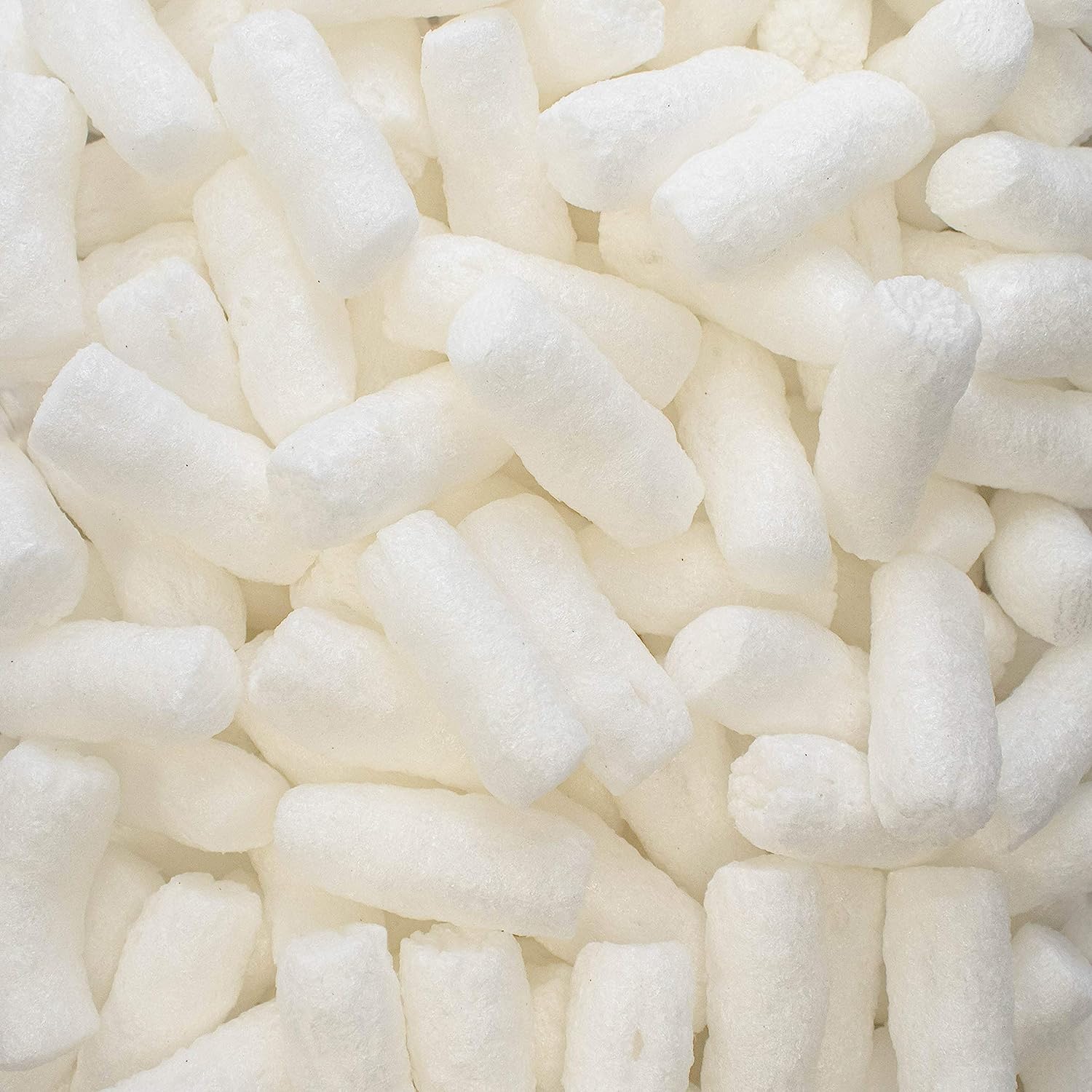
Simple Experiments with Biodegradable Packing Peanuts
Describes what to do with all those packing peanuts you’ve received with your science orders. How about these cheap and simple student experiments!
-

Images and Credits
I have used many images throughout my site and pages. I have tried to give credit where credit is due ; newer pages now have picture sources listed on them. Many free clip art sites do not have requirements for using images, and many images are public domain, or creative commons licensed. Please…
-

Set the Class Tone on the First Day
This year I will have the exciting opportunity of teaching an introductory physics class to students on vocational tracks. For those not understanding ed-speak, this means that I will be taking a class of kids who have probably already failed in 8th grade, have poor test scores and may have already given up on school….
-
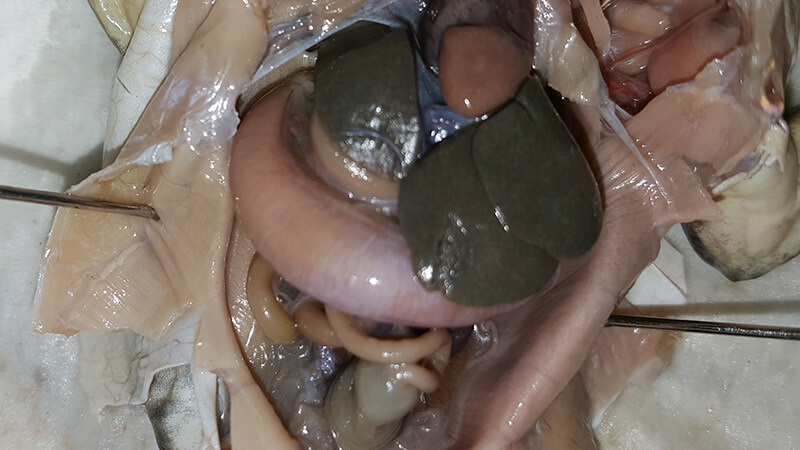
Frog Dissection Resources
Frog dissections serve as a pivotal educational tool for several reasons. Firstly, they provide students with a tangible exploration of vertebrate anatomy, allowing them to observe firsthand the intricate structures and systems that comprise an organism’s body. By dissecting frogs, students can identify organs such as the heart, lungs, liver, and intestines, fostering a deeper…
-
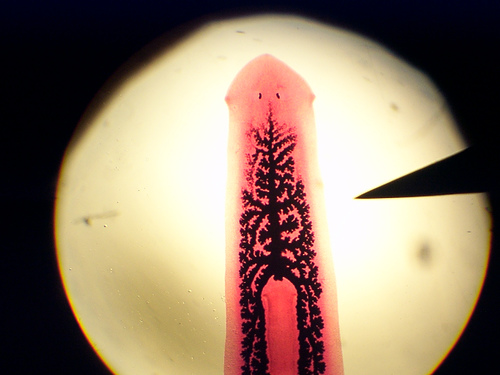
Study Planarian Regeneration with Scalpels
Students study a freshwater planarian by exploring its movements and cutting it in half to observe regeneration
-
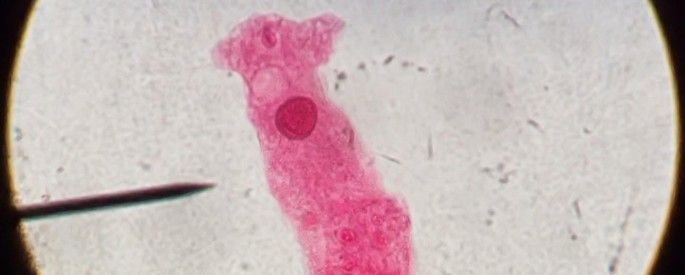
How to Study Protists with Freshman
The unit on protists is one that I used to dread, mainly because the world of microscopic organisms does not ever seem particularly interesting to students, where only a small percentage of them seem to care about the Ameba and Paramecium. Furthermore, studying protozoa seems to be disconnected from real world applications. Laboratory investigations can…
-
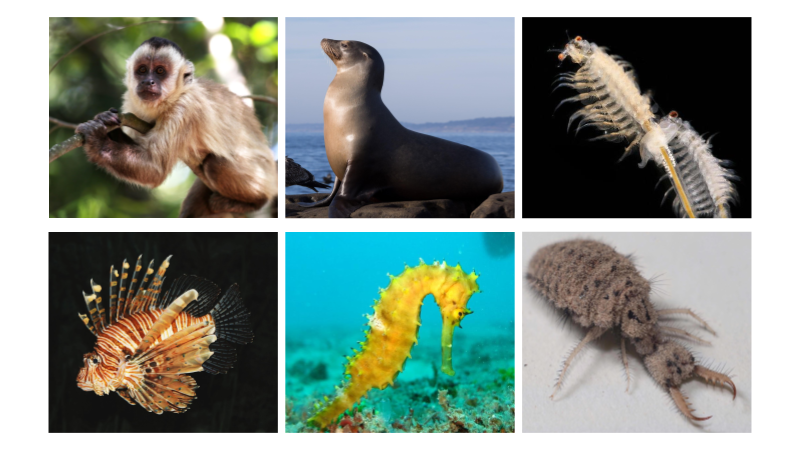
Taxonomy – The Science of Classifying Organisms
Why do we need a system to classify and name organisms? Here are some common names: Common names can be misleading. A sea monkey is a type of shrimp. A spider monkey is not a spider, and a sea horse is fish. Sea cucumbers are strange little invertebrates that are related to starfish. Common names…
-
The Theory of Evolution by Natural Selection
In science, theories are statements or models that have been tested and confirmed many times. Theories have some important properties: In science, the term “Theory” does not express doubt. In science, the term theory is used to represent ideas and explanations that have been confirmed through tests and observations The theory of evolution remains one…
-
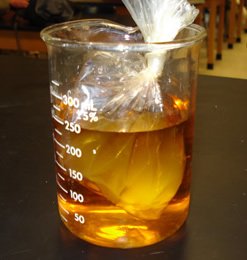
Observing Diffusion Using Iodine and Plastic Bags
Use simple materials to model diffusion. Place corn starch in a bag and then submerge into a solution of iodine.
-
Privacy Policy
Last updated March 26, 2023 This privacy notice for Chimeric Inc (“Company,” “we,” “us,” or “our“), describes how and why we might collect, store, use, and/or share (“process“) your information when you use our services (“Services“), such as when you: Questions or concerns? Reading this privacy notice will help you understand your privacy rights and choices.…
-

Plants Lessons and Teaching Resources
Botany is the study of plants. Students in general biology class are usually required to learn the basic form and function of plants. The coloring pages are a great resource to teach plant anatomy. Basic Coloring and Reading Worksheets Flower Coloring – color the parts of a flower; stamen, pistil, ovary, petals Leaf Coloring –…
-
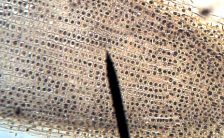
Cells Activities and Teaching Resources
Microscope Activities Introduction to the Microscope – E Lab – explore how to use a light microscope (Letter E Slides) Microscope Coloring – label and color the parts of the microscope Label the Microscope – simple graphic to practice identifying microscope parts Guide to Using the Light Microscope – step-by-step instructions on how to focus…
-
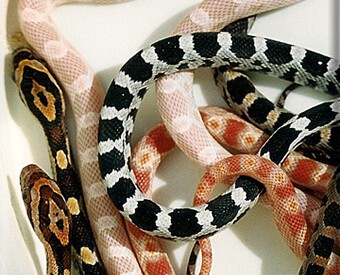
Evolution & Taxonomy
Evolution is often called the “unifying theory of biology” because it organizes all of the observations gathered by biologists and proposes and explanation for those observations. All state standards for teaching science include a section on evolution (sometimes called adaptation or change over time). Related Page: Animal Groups – Organized by Phyla Evolution Evolution: Fact,…
-
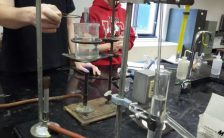
Engaging Activities on the Scientific Method
Lab Safety and Equipment Use Scientific Method Puzzle – a simple crossword puzzle to practice vocabulary of the scientific method Lab Safety Contract – students sign this contract after learning about lab safety Measure a Bean – basic lab on measurements and collecting data Tools and Measurements – how to use various tools in the…
-
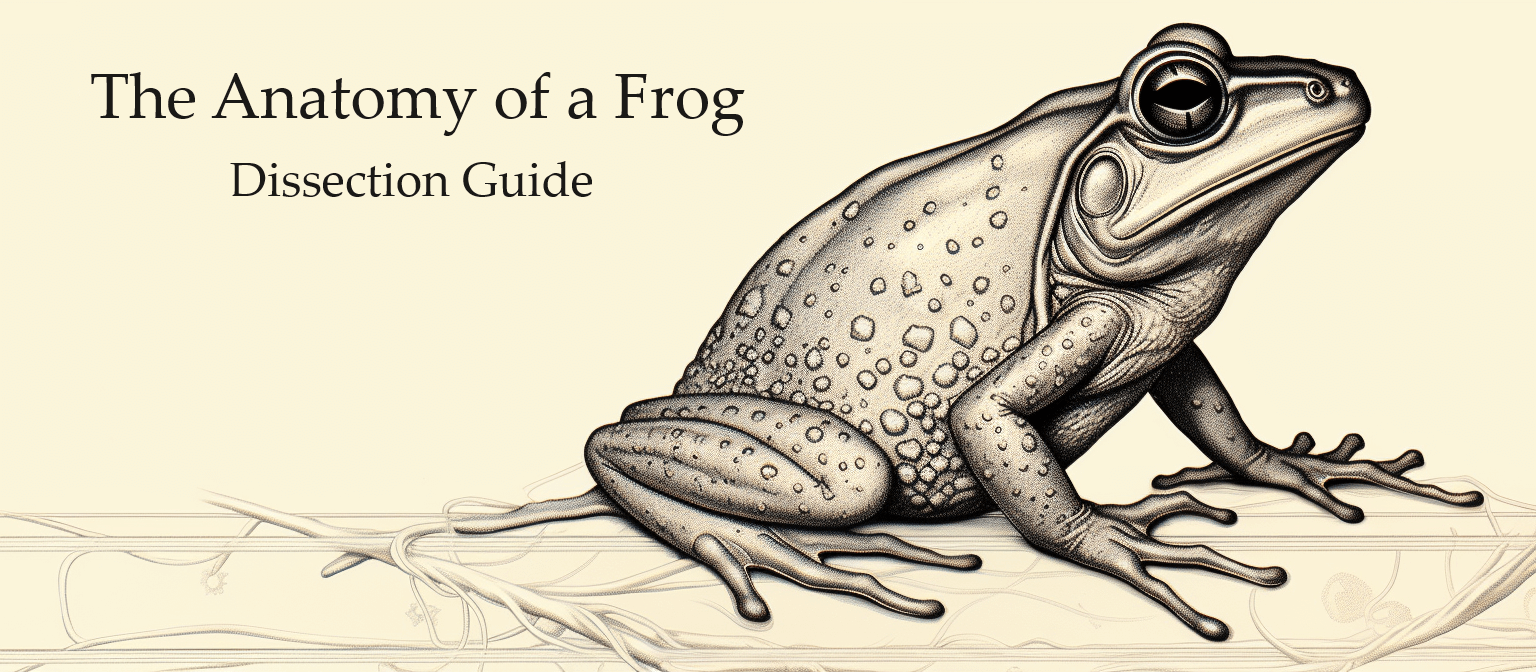
Animal Anatomy and Dissection Resources
Frog Frog dissections have been a standard for biology classrooms for decades. Frog Specimens available on Amazon or through biological supply companies. Complete Frog Dissection Packet – handout for students that includes the external and internal anatomy, brain, and leg bones. Includes a list of terms to study for lab practical. Frog Dissection Labeled Images…

